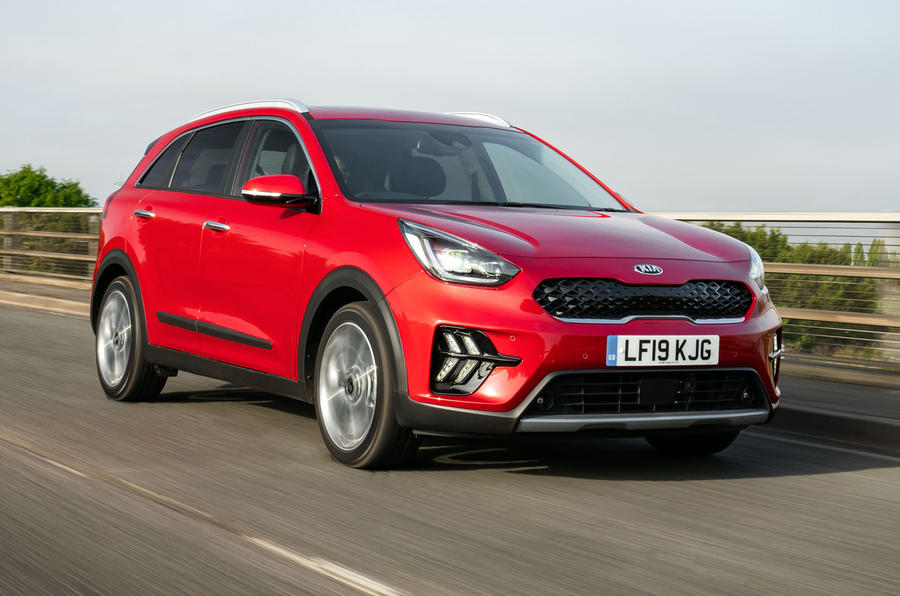It was with some surprise and a nod of approval that we reviewed the performance benchmarks recorded by the Niro.
Kia’s 0-62mph acceleration claim for the car is 11.5sec, which would be a decent if unremarkable showing from an economy-minded crossover – if it wasn’t a significant underestimation of the Niro’s true potential.
In slightly damp conditions, the car’s two-way average 0-60mph time was actually 9.7sec, whereas most of the diesel-powered, low CO2 crossovers we’ve tested of late have struggled to go under 12.0sec.
Unlike in a Toyota hybrid, it’s possible to hold the Niro in a selected gear at full power (provided you don’t activate the kickdown switch at the bottom of the accelerator pedal's travel), and doing so shows that the car is also surprisingly strong on in-gear acceleration.
For example, 30-70mph in fourth gear takes 13.7sec, which is several seconds quicker than direct rivals can manage.
So at full power and with good condition in its high-voltage battery, the Niro earns its corn. But the reason those figures surprised us was that, at anything less than full pedal, the car is smooth but pretty unresponsive and often reluctant to accelerate.
The Niro offers you two drive modes for its hybrid powertrain (Eco and Sport), toggled between without the need for extraneous buttons or menu screens, simply by sliding the gear selector right or left when ‘D’ is selected. (There is also the option to use the lever to select gears manually, as suggested earlier.)













































